PowerG Wireless Carbon Monoxide (CO) Detector
Original price was: $209.99.$160.00Current price is: $160.00.
DSC | PG9933
PowerG Wireless Carbon Monoxide (CO) Detector
Description
- Provides early warning of carbon monoxide poisoning, before potentially dangerous levels are reached
- Ensures reliable performance, with robust, industry-leading PowerG commercial grade wireless technology
- Precisely detects CO gas levels with sophisticated electrochemical sensing technology
- Alerts people onsite by triggering the built-in 85db alarm buzzer and large flashing LED light when CO is detected
- Extends value and performance with a long-life lithium battery, included
Selecting a suitable location is critical for the CO detector. The Consumer Product
Safety Commission (CPSC) recommends using at least one CO detector per household,
located as near as possible to sleeping areas of the home, because the human
body is most vulnerable to the effects of CO gas during sleeping hours.
You should know about Carbon Monoxide.
Carbon monoxide, also known as “CO” by the chemical form, is considered to be a
highly dangerous poisonous gas, because it is colorless, odorless, tasteless and very
toxic. In general, biochemistry phenomena have shown that the presence of CO gas
inhibits the blood’s capacity to transport oxygen throughout the body, which can eventually lead to brain damage. In any enclosed space (home, office), even a small
accumulation of CO gas can be quite dangerous. Although many products of combustion
can cause discomfort and adverse health effects, it is CO gas which presents
the greatest threat to life.
Carbon monoxide is produced by the incomplete combustion of fuels such as natural
gas, propane, heating oil, kerosene, coal, charcoal, gasoline, or wood. The incomplete
combustion of fuel can occur in any device which depends on burning for energy or
heat such as furnaces, boilers, room heaters, hot water heaters, stoves, grills, and in
any gasoline powered vehicle or engine (e.g., generator set, lawnmower). Tobacco
smoke also adds CO to the air you breathe. When properly installed and maintained,
your natural gas furnace and hot water heater do not pollute your air space with CO.
Natural gas is known as a “clean burning” fuel because under correct operating conditions,
the combustion products are water vapor and carbon dioxide (CO2), which is
not toxic. The products of combustion are exhausted from furnaces and water heaters
to the outside by means of a fuel duct or chimney. Correct operation of any burning
equipment requires two key conditions:
a. An adequate supply of air for complete combustion.
b. Proper ventilation of the products of combustion from the furnace through the
chimney, vent or duct to the outside.
Typical carbon monoxide gas problems are summarized here:
a. Equipment problems, due to defects, poor maintenance, damaged and cracked
heat exchangers.
b. Collapsed or blocked chimneys/flues, dislodged, disconnected or damaged vents.
c. Downdraft in chimneys or flues. This can be caused by very long or circuitous
flue runs, improper location of flue exhaust or wind conditions.
d. Improper installation or operation of equipment, chimney or vents.
e. Airtight homes with inadequate flow of fresh air for the combustion process.
f. Inadequate exhaust of space heaters or appliances.
g. Exhaust ventilation/fireplace competing for air supply.
Potential sources of carbon monoxide in your home or office include clogged chimney,
wood stove, wood or gas fireplace, automobile and garage, gas water heater, gas appliance,
gas or kerosene heater, gas or oil furnace, and cigarette smoke.
This device is designed to protect individuals from the acute effects of carbon monoxide
exposure. It will not fully safeguard individuals with specific medical conditions. If
in doubt consult a medical practitioner.
More information about conditions which result in transient CO
situations:
1. Excessive spillage or reverse venting of fuel burning appliances caused by:
a. Outdoor ambient conditions such as wind direction and or velocity, including
high gusts of wind; heavy air in the vent pipes (cold humid air with extended
periods between cycles).
b. Negative pressure differential resulting from the use of exhaust fans.
c. Simultaneous operation of several fuel burning appliances competing for limited
internal air.
d. Vent pipe connection vibrating loose from clothes dryers, furnaces, or water
heaters.
e. Obstructions in unconventional vent pipe designs which amplify the above situation.
f. Poorly designed or maintained chimneys and/or vents.
2. Extended operation of unventilated fuel burning devices (oven, fireplace, etc).
3. Temperature inversions which can trap exhaust gases near the ground.
4. Car idling in an open or closed attached garage, or near a home.
Possible Symptoms of Carbon Monoxide Poisoning
Carbon monoxide is colorless, odorless, tasteless, and very toxic. When inhaled, it produces
an effect known as chemical asphyxiation. Injury is due to the combining of CO
with the available hemoglobin in the blood, lowering the oxygen- carrying capacity of
the blood. In the presence of CO gas, the body is quickly affected by oxygen starvation.
The following symptoms are related to CO poisoning and should be discussed
with all members of the household:
a. Mild exposure: slight headache, nausea, vomiting, fatigue (often described as
“flu-like” symptoms), drowsiness, shortness of breath, “flu-like” symptoms
(without fever), and impaired motor functions (like difficulty walking or problems
with balance).
b. Medium exposure: severe throbbing headache, drowsiness, confusion, fast heart
rate, dizziness, nausea and vomiting, chest pain, poor vision, and difficulty thinking.
c. Extreme exposure: unconsciousness, convulsions, cardiorespiratory failure, coma,
and death.
d. Many cases of reported CARBON MONOXIDE POISONING indicate that
while victims are aware they are not well, they become so disoriented they are unable to save themselves by either exiting the building or calling for assistance.
Young children and household pets are typically the first affected.
e. When flu-like symptoms with fever are experienced, ensure that the possibility of
CO poisoning is not automatically ruled out. Many cases of reported carbon
monoxide poisoning indicate that while victims are aware they are not well, they
become so disoriented they are unable to save themselves by either exiting the
building or calling for assistance.

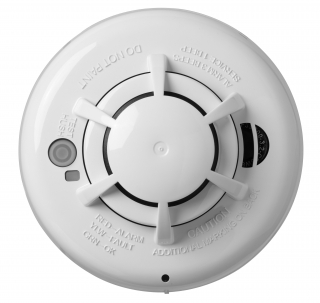
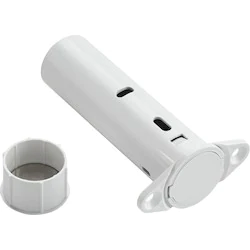
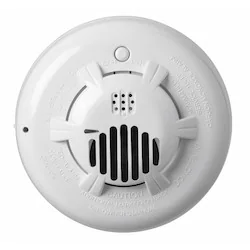


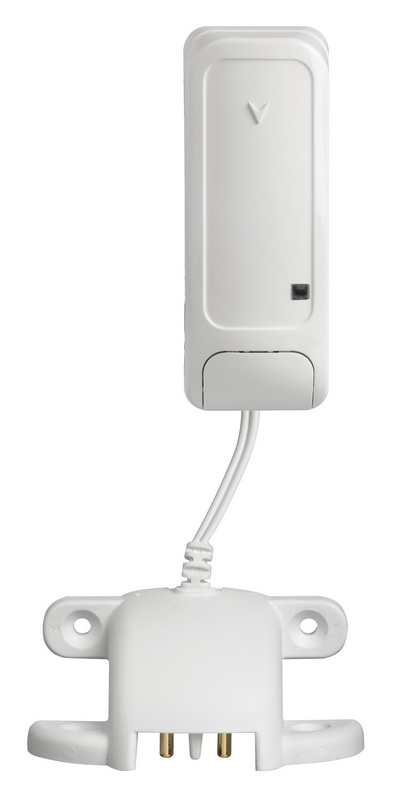
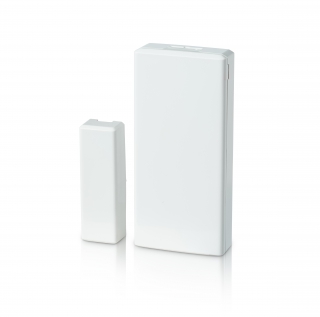

Reviews
There are no reviews yet.